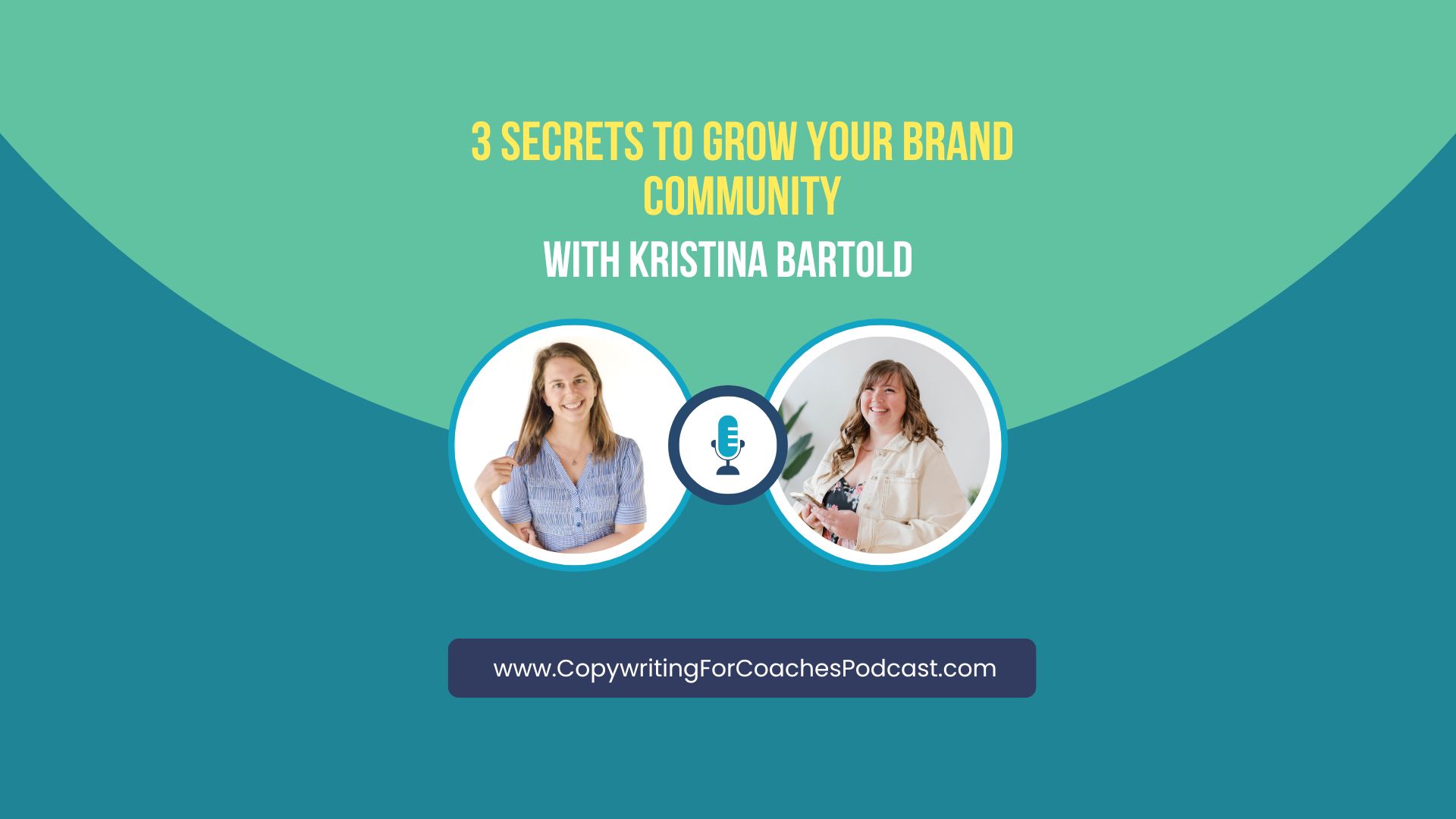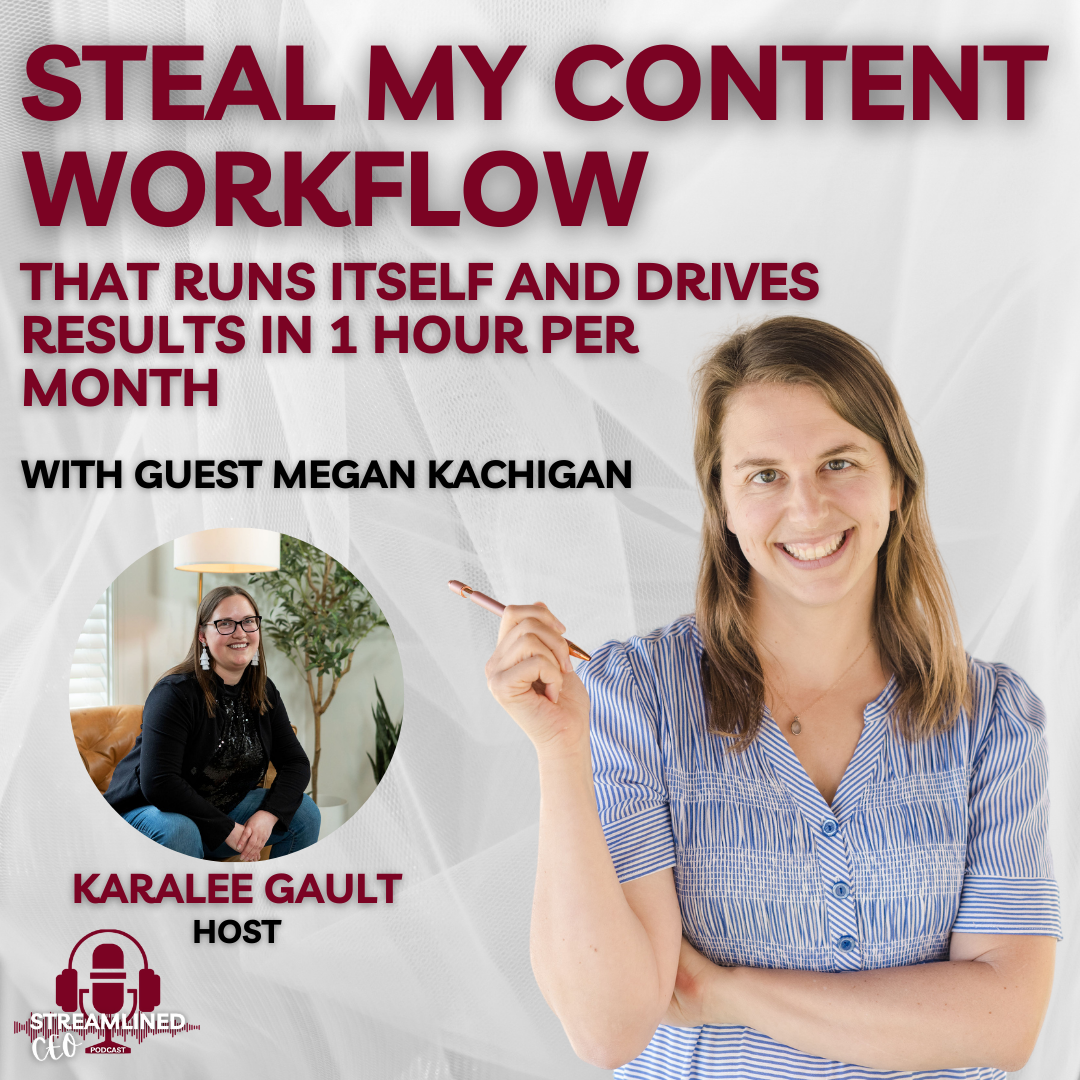This blog post will not teach you how to be in the top 10% of SEO experts, but you’ll be good enough to get started.
This is for you if….you have heard about SEO, know that it would only help your endeavors, but don’t know where to begin.
SEO stands for Search Engine Optimization. These strategies will help you rank higher in search engines like Google to help your website get more organic traffic.
Here are 10 simple steps to getting started with SEO:
1. Research keywords that you want to be found for.
Keywords are phrases that people are actually searching for. Once you choose your topic (more on that here), keywords help you find the language that readers are commonly using when searching that topic. Keywords should be three things: specific, relevant, and uncommon. A tool like AnswerThePublic shows you how people are Googling their questions on a topic and what exact phrases they are using.
2. Meet your keyword criteria.
Determine how difficult it would be to rank for that keyword. UberSuggest is a tool that tells you the ‘search difficulty’ (ideally, we want that to be low) and the ‘search volume’ (ideally, we want that to be high). If you can’t have both, then low competition is more important (assuming there is still decent volume).
3. Write your blog post.
Consider the goal and length of your blog post. Blog posts should have a minimum of 500 words. These are short, attention-grabbing articles that bring readers to your page and engage them in interesting, relevant content. 1000 word blog posts can be “how to” posts that solve a micro-problem in your niche. They provide value to your readers and demonstrate your authority in your niche. Long-form blog posts that are 2000-3000 words are definitive, pillar posts, or an ultimate guide to [your expertise].
4. Where does the keyword go?
The keyword should be in the headline, the first paragraph, one subhead, the alt text on any images, and approximately every 300 words. The keyword should fit naturally in your writing.
5. Include images and photos.
These can show up in the Google image search. Use your keyword in the alt text – that is, the text that appears when the image cannot be displayed.
6. Write compelling headlines that include the keyword.
The headline needs to be more than just the keyword or keyword phrase. It needs to incite curiosity so that readers will actually click and be interested enough to spend time continuing to read the blog on your website. Ideally, the headline will be 67 characters or less (that’s slightly less than a quarter of the length of a tweet!)
7. Use internal links to keep readers on your website.
Internal links go to other posts you have written on your website. When readers spend more time on your website, your ranking on Google goes up. You can insert internal links naturally in your blog post (see how I did that in Step 1 of this post), or with a specific Call To Action at the end of the post that tells them what to do next and provides a clickable link that directs them where to go.
8. Use external links to add credibility
External links go to websites other than your own. But wait: if we want people to stay on our website, why would we include a link for them to go elsewhere?
The truth is that external links add credibility to your posts, it allows you to share industry bests that make you able to found on Google for those resources and recommendations that you love, and it is an opportunity to include affiliate links where you can get paid a small commission. (Note: you must include a disclaimer for affiliate links, like mine at the bottom of this webpage!).
Make sure that the external links open in a new tab or a new window so that it is easy for your reader to come back to your website.
9. Install Google Analytics and set up Google Search Console for free.
Google Analytics helps you see where your traffic is coming from, get a deeper understanding of your customers, and take action based on that data. Google Search Console monitors how your website is doing Google’s search results. These are measurable ways that you can quantify how your blog posts are doing. You can also find your most popular posts so that you can get them even more traffic.
10. Share your blog post with your network!
Post on social media or write to your email list when you publish a new blog post. Do not copy and paste the whole thing; instead, write a brief intro or pull an interesting quote or excerpt, then link to the post for them to read the rest of it.

This is by no means an exhaustive list of SEO strategies (it’s not intended to be); but it is a great place to get started if you don’t have significant SEO experience.
This post contains affiliate links. If you click and make a purchase, I may get a small commission (at no additional cost to you). I only promote products that I use and truly believe in.




